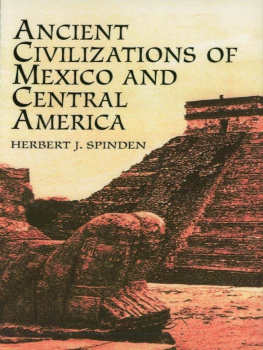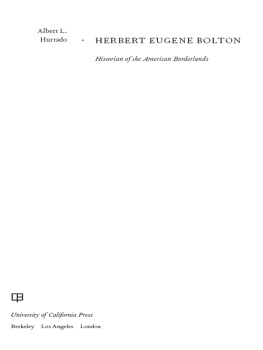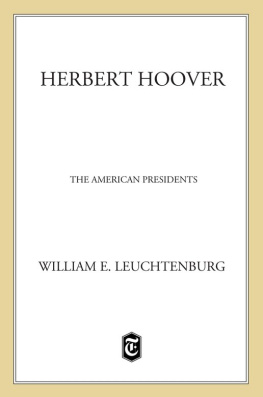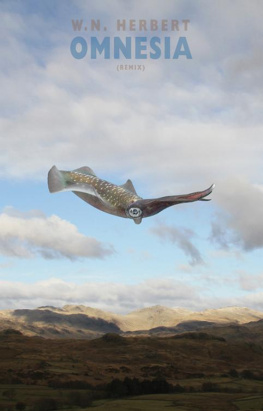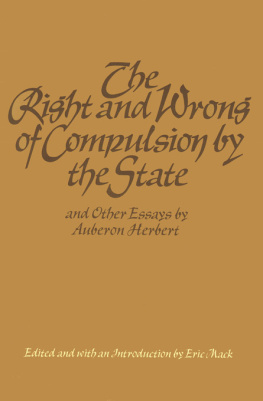PREFACE
This little book is intended as a general commentary and explanation of the more important phases of the ancient life and arts of the Indians of Mexico and Central America, and especially of their history. The substance of it is drawn from many sources, for the anthropologist must mould together and harmonize the gross results of several sciences. Archology, ethnology, somatology, and linguistics all make their special contributions and we are only on the threshold of our subject. In the Mexican and Central American field we find the accumulated writings that result from four hundred years of European contact with the Indians and in addition a mass of native documents and monumental inscriptions expressed in several hieroglyphic systems.
The general method of this book will be to take up in order the recognized horizons of pre-Columbian history, beginning with the earliest of which we have knowledge. In relation to each horizon we will examine the records and discuss the principal developments in arts, beliefs, and social structures. The introductory chapter is designed to put before the reader such facts as may be necessary for a ready understanding of the discussions and explanations that will follow.
The Mexican Hall of the American Museum of Natural History furnishes illustrations of most of the facts given herewith. This Hall contains both originals and casts brought together by various expeditions of the Museum and of other scientific institutions. The principal patrons of science 6 whose names should be mentioned in connection with the upbuilding of these collections are: Willard Brown, Austin Corbin, R. P. Doremus, Anson W. Hard, Archer M. Huntington, Morris K. Jesup, James H. Jones, Minor C. Keith, the Duke of Loubat, William Mack, Henry Marquand, Doctor William Pepper, A. D. Straus, I. McI. Strong, Cornelius Vanderbilt, Henry Villard, William C. Whitney. But thanks are also due to innumerable persons who have contributed single specimens and small collections as well as those who have placed information at the disposal of the scientific staff. The principal collectors have been: George Byron Gordon, Ale Hrdlika, Carl Lumholtz, Francis C. Nicholas, Marshall H. Saville, Eduard Seler, Herbert J. Spinden, and John L. Stephens.
INTRODUCTION
Geography and Natural Environment.
Unfortunately the terms Mexico and Central America are not mutually exclusive. Central America is a natural division comprised between the Isthmus of Tehuantepec and the Isthmus of Panama. Mexico is a political division that includes several states in Central America, namely, Chiapas, Tabasco, Campeche, Yucatan, and the territory of Quintana Roo. The ancient high cultures of Mexico hardly extended as far north as the Tropic of Cancer and the region beyond this is of slight interest to us. Positions south of Mexico will often be referred to the areas of the modern political units although these have no immediate relation to pre-Spanish conditions. These political units are: Guatemala, British Honduras, Honduras, Salvador, Nicaragua, and Costa Rica.
Although lying within the tropics, the territory extending from the Isthmus of Panama to Central Mexico exhibits great extremes of climate and topography and hence of plant and animal life. The year is everywhere divided into a wet and a dry season but the relative duration of each depends upon land form and altitude. The coast of the Pacific is considerably drier than that of the Atlantic. 14 Three climatic zones are generally recognized, namely, the Tierra Caliente (Hot Land), Tierra Templada (Temperate Land), and Tierra Fria (Cold Land), and in some regions each of these has an arid and a humid strip. The change from luxuriant forests to open thorny deserts is often very sudden. On the high plateau or Tierra Fria the natural warmth of the latitude is largely overcome by the altitude. In the Valley of Mexico snow falls only at rare intervals, yet chilling winds are common in the winter. Much of the plateau from Mexico south into Guatemala is open farming land well suited to the raising of maize and wheat where water is sufficient. The shoulders of the mountains bear forests of pine and oak while the highest peaks are crowned with perpetual snow.
A description of the mountains, rivers, and lakes will help towards an understanding of the problems that are before us. The broad plateau, crossed by irregular ranges of mountains, that occupies the states of New Mexico and Arizona continues far south into Mexico. On the western rim the Sierra Madre lifts a great pine-covered barrier, beyond which the land drops off quickly into the hot fringe of coastal plain bordering the Pacific Ocean and the Gulf of California. The highest mountains of the western Sierra Madre are El Nevado and Colima, the first a snowy peak 14,370 feet high and the second an active volcano 12,278 feet high. On the eastern rim of the central plateau the second Sierra Madre is less continuous but it culminates in the loftiest peak of all Mexicothe wonderful cone of Orizaba. This mountain rises from the tropical jungles well into the region of perpetual snow and attains an elevation of 18,314 feet above the sea. Its name in Aztecan is Citlaltepetl, which means Star Mountain. Two other famous peaks of Mexico are Popocatepetl and Iztaccihuatl, both names being pure Aztecan. The first means Smoking Mountain and the second White Woman. These volcanic crests rise into the snowy zone from the table-land which is itself about 8,000 feet above the sea.
In southern Mexico the plateau area enclosed between the principal sierras narrows perceptibly, because the shore line of the Pacific and the mountain range that parallels it swing more and more towards the east. At the Isthmus of Tehuantepec a low valley separates the highland area of Mexico from that of Central America. This second table-land is not so wide as the one we have just considered and is more deeply dissected by rivers. The mountains of Guatemala rise to a considerable altitude, the highest being Tacan with 13,976 feet elevation. Active volcanoes are numerous and earthquakes frequent and often disastrous. The Volcan de Agua and the Volcan de Fuego (Volcano of Water and Volcano of Fire) look down upon Ciudad Vieja and Antigua Guatemala, the old Spanish capitals which each in turn destroyed. The cordillera still presents its most abrupt front to the Pacific and on the eastern side, in Guatemala and Honduras, there are high forest-bearing 17 ridges between the river systems. The Cockscomb Mountains in British Honduras are a low outlying group. In southern Nicaragua the main chain is broken by a low broad valley that extends from ocean to ocean. In Costa Rica and Panama a single range stretches midway along the narrow strip of land, with peaks that rise above 11,000 feet.
The lowland strip on the Pacific side of our area is a narrow fringe. Like the central plateau it is for the most part arid, but irrigation makes it productive. The lowlands of the Atlantic side are generally wet and heavily forested. The greatest land mass of uniformly low elevation is the Peninsula of Yucatan. In eastern Honduras and Nicaragua there are extensive river valleys of low elevation.




